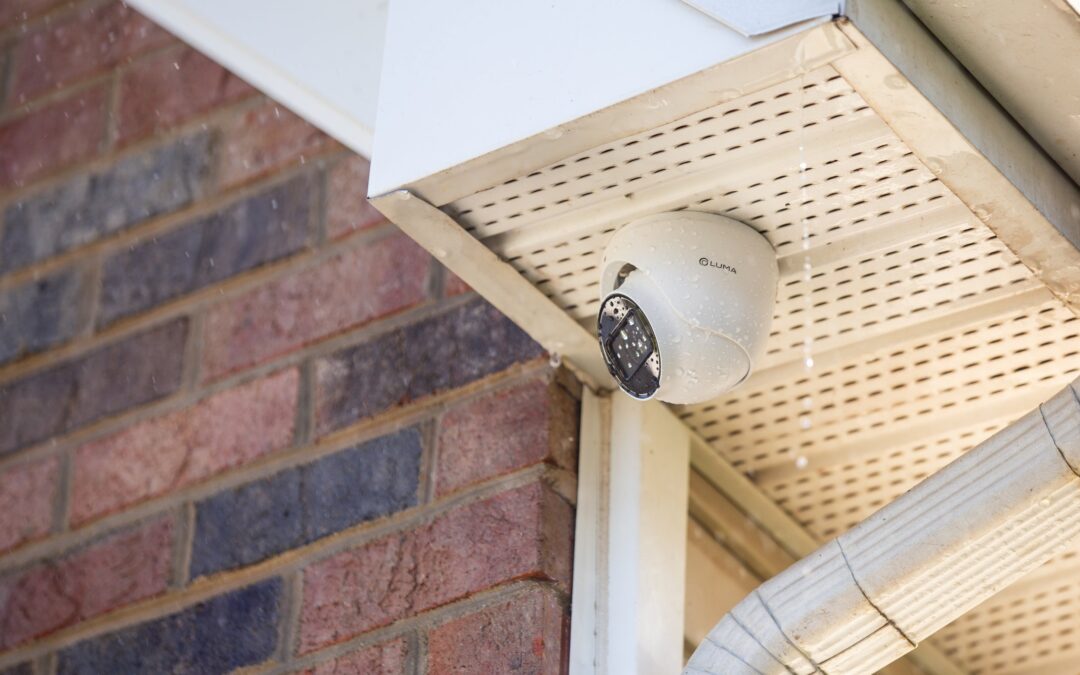What is video survelliance
Video surveillance, also known as closed-circuit television (CCTV) or security camera systems, is a technology that uses cameras to monitor and record activities in a specific location. It involves the installation of cameras in strategic positions to capture video footage of the area under surveillance. The captured video is then transmitted to a recording device or a centralized monitoring station where it can be viewed in real-time or stored for later review.
Video surveillance serves several purposes, including:
1. Security: It helps deter potential criminal activity and provides evidence in case of incidents such as theft, vandalism, or trespassing.
2. Safety: Video surveillance can be used to monitor public spaces, workplaces, or critical infrastructure to ensure the safety of individuals, identify hazards, or respond to emergencies promptly.
3. Monitoring: It allows for the observation of specific areas or activities, such as traffic flow, crowd behavior, or production processes, to gather information and make informed decisions.
4. Investigation: Recorded video footage can be used as evidence in investigations or legal proceedings to identify suspects, analyze events, or reconstruct incidents.
However, it’s important to note that the use of video surveillance should comply with privacy laws and regulations, respecting individuals’ rights while balancing the need for security and safety.

